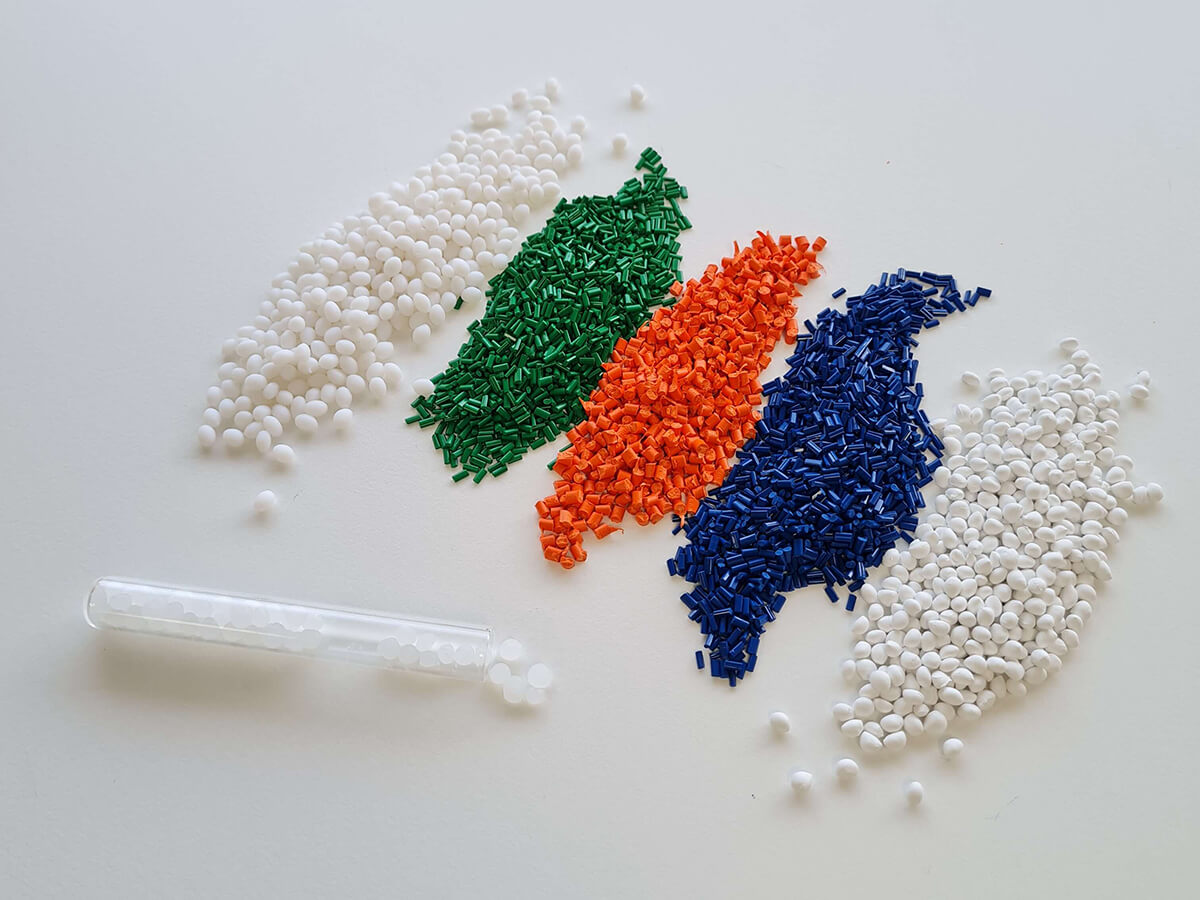
Bioplastics and sustainable development objectives
Faced with the critical situation generated by humans in the environment, the European Union and the United Nations have taken decisions that seek to alleviate the constant damage caused to our planet.
In this context, different initiatives, projects and regulations have been developed to help us live in a better world. In this post, we will also address the role of bioplastics in achieving the goals set by these organizations.
What are the sustainable development goals?
The Sustainable Development Goals (SDGs) were created by the United Nations in 2015 as an initiative to protect the environment, end poverty and implement a more sustainable model. The aim is to ensure that by 2030 we are less harmful to nature and everyone in the world lives a little bit better.
The Sustainable Development Goals are a total of 17:

Some of the SDGs are directly related to the use of plastic and the creation of more sustainable alternatives such as bioplastics.
Objetive 12. Responsible production and consumption
Achieving a sustainable economic model involves reducing the ecological footprint that we create today in industrial production. This is based on changing production methods and making a more responsible use of different goods and resources.
To achieve economic growth and sustainable development, it is urgent to reduce the ecological footprint by changing production methods and making a more responsible use of different goods and resources. Both the industries and the consumers need to do their part to reduce waste, make efficient use of natural resources and move towards more environmentally friendly patterns by 2030.
To achieve this, we need to develop activities and initiatives that help prevention, reduction, recycling and reuse.
Objetive 13. Mission for the climate
Hundreds of billions of euros are lost due to causes related to climate catastrophes, not to mention the number of lives these events take over the years.
This objective seeks to mobilize a large investment so that developing countries can adapt to climate change and be better prepared for such situations. To do so, we will need to provide them with the necessary tools and urgent collective action.
Objetive 14. Marine life
Marine pollution comes mainly from land-based sources and the levels it has reached are truly alarming. Approximately, we can find an average of 13,000 plastic debris fragments per square kilometer of ocean.
What should companies do to meet the 2030 goals?
One of the objectives agreed by the European Union is the reduction of plastic use, which establishes that all packaging on the EU market must be recyclable by 2030.
In addition, it also focuses on microplastics, single-use plastics and a ban on oxo-degradable plastics.
Recommended reading: The big problem of oxo-degradables
European Union Directive 2018/851 dated 30 May 2018
Explanatory memorandum:
- For the purposes of calculating whether the targets set out in Article 11(2)(c), (d) and (e) and Article 11(3) have been achieved, the amount of biodegradable municipal waste that undergoes aerobic or anaerobic treatment may be counted as a recycled where that treatment generates compost, digestate or other output with a similar amount of recycled content in relation to the incoming waste, which is to be used as a recycled product, material or substance.
What is the role of bioplastics in meeting sustainable development goals?
Greenhouse gas emissions continue to grow and are currently 50% higher than in 1990. Of course, our methods of production and consumption are causing irreversible damage to the planet and the only way to stop this from happening is by taking urgent action.
In this context, the plastic sector has become a key player in achieving some of the UN Sustainable Development Goals. Plastics have become a very relevant sector for the development of sustainable industry.
Due to the development of new initiatives seeking a more environmentally friendly production and investment in R&D, the alternative of bioplastics has appeared, playing already today a very relevant role in the circular economy.
Bioplastics have great environmental advantages:
- They contribute to reducing the amount of waste generated by plastic.
- They decrease Europe’s dependence on imported fossil-based raw materials.
- Replacing fossil resources with renewable resources supports the implementation of new legislation.
The provisional agreements reached within the European Council and Parliament give bioplastics a very important role in achieving the 2030 objectives.

In which sectors do bioplastics provide a solution for achieving the Sustainable Development Goals?
Bioplastics act differently from conventional plastic. They do not have the same properties and characteristics as traditional plastic. Therefore, these materials are a sustainable solution in quite specific areas of applications.
According to the note issued by the European Bioplastic, the waste directive allows biodegradable and compostable packaging to be collected together with the rest of bio-waste, while stressing that EN 13432 for compostable packaging and materials can serve as a basis for future standards.
Recommended Reading: Discover all about EN 13432
The most common application area for bioplastics today is packaging. An increasing number of items in our supermarkets are made of compostable biodegradable materials: plastic bags, ready-to-eat food packaging, catering trays… In addition, these applications are very useful because, as packaging contains organic waste, their recyclability is more costly. Being compostable packaging, we can dispose of packaging and food waste in the same container.
How does Prime Biopolymers help companies in their transition to a circular economy?
Considering the challenges faced by the plastics industry and the emergence of the regulations we have been mentioning, we know that the application and development of more sustainable materials is necessary.
Nevertheless, bio-based materials are often a great ally for manufacturers in this industry, since the properties of these materials are not always the desired ones.








